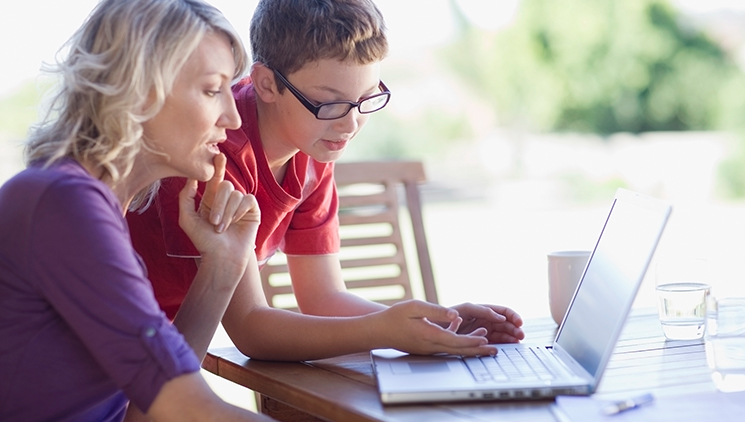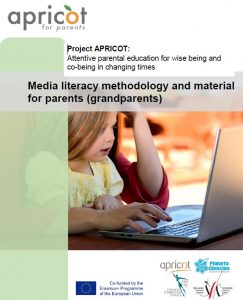This guide aims to provide some practical activities to do as a family to help detect the problems faced by our children and grandchildren and to enable us to establish a channel of communication with them so that they trust us.
All the activities have been designed to be entertaining and playful for young people, so that they can learn at home in a relaxed, family atmosphere. They are practical and short so that they do not tire the children and can be adapted to the interests, age and level of knowledge of each one of them. The activities do not require physical resources beyond the use of a computer, paper, pen and some objects that can be easily found in a home.
We have classified the activities into four main themes:
Moral Dilemmas in the Contemporary World
Informed decisions
Misinformation and disinformation
Safety and privacy
These tips are a guideline for parents and grandparents. The effectiveness of the tips will vary depending on the family context and previous experience in carrying out activities involving the members of the family group.
Although the following tips are oriented to the structure of the activities in this document, they are applicable to any self-paced learning activity or family learning activity.
1- It is important that parents and grandparents read about the activities before starting
In order to carry out any activity, it is important that the adult assumes responsibility for the learning and prepares the activity. Reading about the activities beforehand and trying to resolve any doubts that may arise will improve the fluidity and quality of the activity when it is put into practice.
2-Make sure you have all the necessary materials to carry out the activity.
Another important aspect of preparing the activities after pre-reading is to make sure you have all the necessary materials.
3-Provide an environment that is conducive to learning and minimises distractions.
A supportive environment will be critical to both the motivation for and the success of an activity.
4-Explain clearly to the rest of the family members what the activity is, what its objectives are and the estimated time needed to complete it.
It is important that everyone who participates in the activity understands the activity, and if necessary, take time to clarify any doubts that may arise before the activity.
5- Don't teach, help them understand.
True knowledge comes from within. To learn something, we must first understand it. If we can also relate new knowledge to facts we already know, learning becomes much more meaningful and useful. Help your child to understand so that he or she can apply what he or she learns.
6- Once the activity has been carried out, evaluate its implementation.
An important part of the implementation of activities is their subsequent evaluation. This is still valid when it comes to family learning and will help to improve future implementations of activities.
To get feedback from the other people who have done the activity you can use simple questions such as: did they like it, what would they change, what parts surprised them?
Once the feedback has been obtained, spend some time reflecting on how the activity was carried out and what you would like to improve for future activities.



